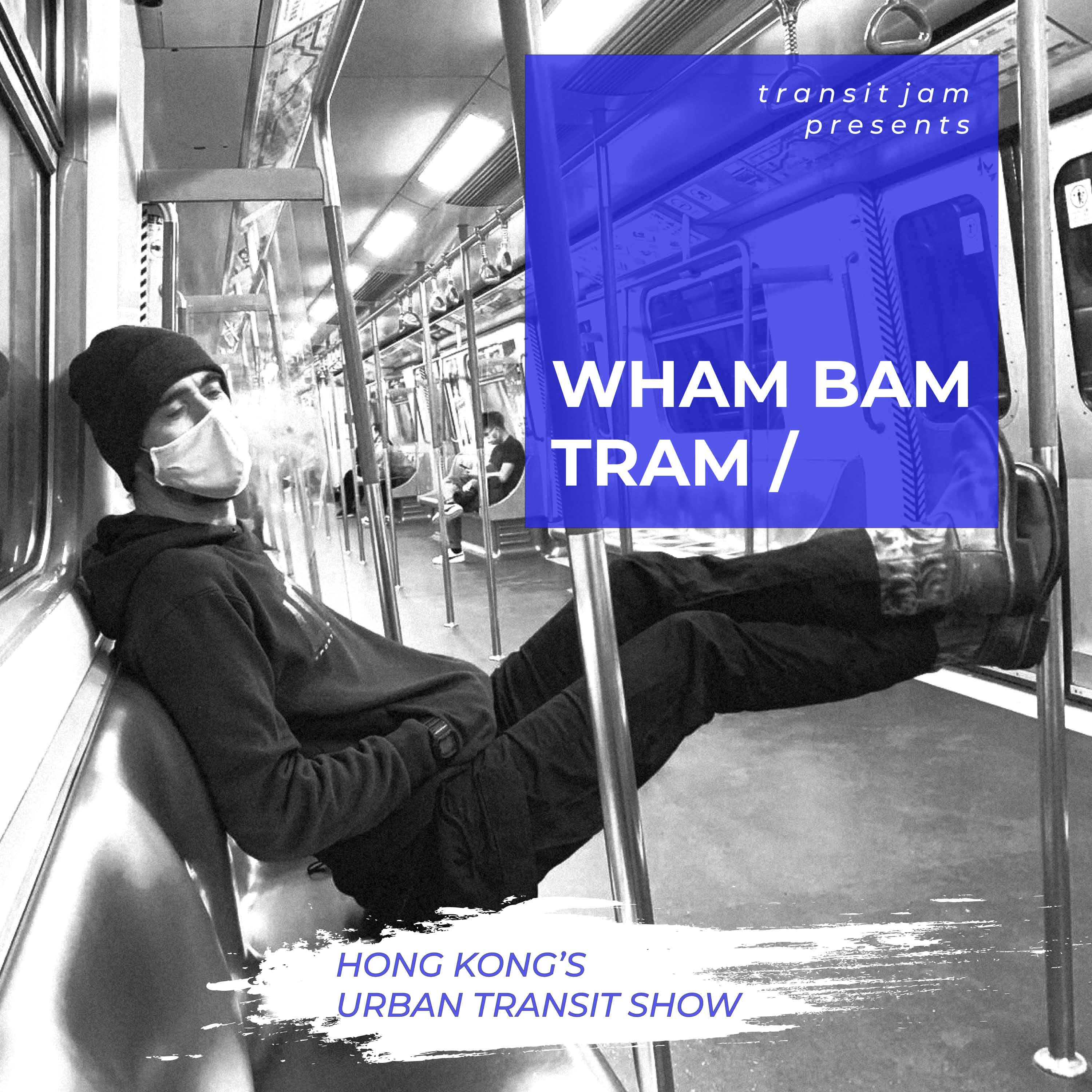Two separate and tragic worker deaths in Hong Kong today spotlight the city’s appalling record on worker safety, with comparisons against even beleaguered World Cup 2022 host Qatar showing “Asia’s World City” to be one of the most dangerous territories in the world to work.
Officials report a 42-year-old man was killed on a Tsim Sha Tsui construction site at lunchtime today while a 38-year-old man in Tai Po was killed while repairing a steamroller this afternoon.
But these two tragedies, leaving five children without fathers, will account for less than 1% of the worker deaths we will see in Hong Kong this year. In fact, our city ranks far lower in worker safety than even global “worker rights” villain Qatar.
For background, last year the International Labour Organization (ILO) ran an in-depth study on Qatar worker safety, aiming to find the truth between sensationalist headlines claiming thousands of workers had died building World Cup venues and Qatar’s own eyebrow-raising protestations that only three workers had been killed.
Using enhanced data sources, including ambulance services, hospitals and mortuaries, ILO concluded that around 66 workers had died at work in 2020 in the whole of Qatar (the official country-wide toll from the Work-related Injury Unified Registry for Qatar (WURQ) is 50).
But here’s the shocking part: even using ILO’s enhanced figures, Qatar’s worker death rate is still around half of Hong Kong’s for that year: per 100,000 workers, 3.2 were killed in Qatar against 6.0 in Hong Kong.
In 2020, 234 workers lost their lives in Hong Kong. In 2021 that grim number rose to 263.
The government can’t pretend this isn’t a problem. Even at a glitzy keynote speech launching Construction Safety Week in August, Development Secretary Bernadette Linn admitted construction safety had hit something of a “bottleneck” and had “even shown an upward trend”.
On the sidelines of the event, I asked Linn if perhaps we should slow the breakneck rate of construction in Hong Kong to save lives and improve worker safety. The Secretary disagreed, saying safety should be tackled “not by reducing the volume but by improving our systems in coping with the volume and in reducing the risks to which our construction workers are exposed.”
But the systems presented at that construction safety event were simply a smear of lipstick on a blundering pig: exo-skeletons to let workers toil longer without sprains; smart cameras that detect when workers are not wearing required protective gear; “smart” locks that only open when a special card (a key?) is presented.
None of that will impact the lax enforcement culture and casual disregard for human life shown by Hong Kong’s gluttonous developers.
In September, I reported on falling debris from a major Henderson Land construction site in Shau Kei Wan. What was more shocking than the utter contempt Henderson showed for worker and community safety (and the disgraceful state of the worksite itself) was the government response: the Environment Bureau dismissed the whole matter and then lied about the subsequent clean-up, while Buildings Department parroted the contractor’s obvious lie: “The registered contractor explained that due to strong wind in the morning, some nylon strips fell onto the streets during dismantle of scaffold [sic],” they told me.
To be clear, and I was personally standing on the street watching this happen, thousands of bunches of nylon ties were being chucked from the 24th floor with no regard to the safety of the people below. Nylon ties aren’t the most dangerous thing to fall (it was steel rebar falling that killed the 42-year-old man at the Tsim Sha Tsui building site today) but the culture that allows this illegal timesaver, and the government that then covers it up, is what makes Hong Kong such a dangerous place to work.
None of this is to dismiss the concerns over Qatar’s human rights and treatment of migrant workers – but in terms of worker safety, there’s real scandal right here in Hong Kong too, not just 4,000 miles away at a World Cup stadium.







Given the reports of the widesprread mistreatment of workerrs it is very doubtful that Qatar has a system to rigorously report workers’ deaths. So take with a pinch of salt.
The figures used here take that into account. Even using adjusted figures from ILO, which address Qatar’s poor reporting, HK is still twice as bad as Qatar. ILO did quite an extensive study into the issues (eg Qatari firms trying to pass off young migrant worker deaths as “heart attacks”).